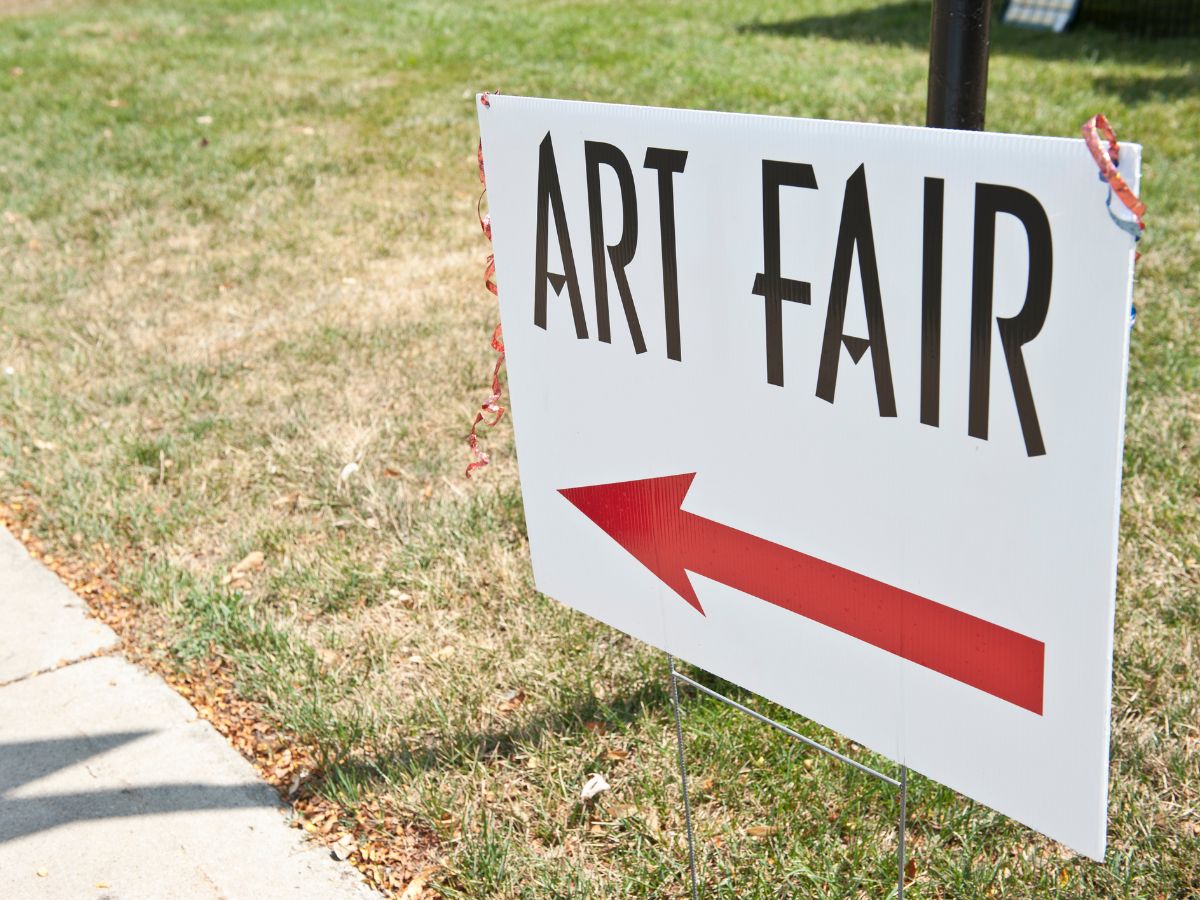
8 Strategies for Art Gallery Owners Entering New Markets
Expanding an art gallery into new locations or markets is a thrilling venture that combines artistic passion with strategic business acumen. As a gallery owner, it’s important to approach this expansion thoughtfully to ensure success and sustainability. Here are key strategies that can guide you through this exciting journey.








